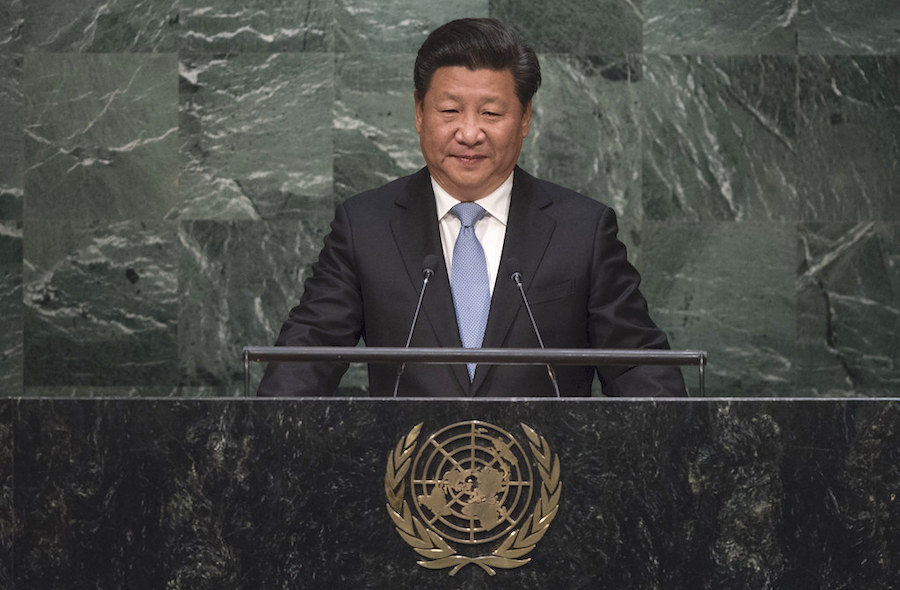
Fitch cites a regulatory crackdown on technology firms, weakness in the real estate sector and lockdowns in place in major cities as having severely undercut economic activity, denting demand for metals.
Metal prices have been volatile over the year, torn between conflicting drivers on the supply and demand sides. After covid-19 and the Ukraine war, supply constraints combined with historically low inventories clashed with concerns over China.
Fitch flagged Chinese lockdowns, weak economic data and devaluation of the yuan – combined with an EU decision to exclude base metals such as aluminum and copper from sanctions on Russia – turned sentiment towards metals to heavily bearish since last month, triggering a heavy correction.
“A recent slew of negative global economic readings has revived growth concerns, driving industrial metals back into decline following a muted attempt at recovery early in May. We highlight copper that has erased its gains and is now negative YTD,” said Fitch in a new report.
According to the analyst, copper inventories have risen “healthily,” as lockdowns and logistical constraints have hampered demand. There are also signs that progress is being made to revive operations at the Las Bambas copper mine, which accounts for 2% of global copper concentrate production.
The analyst pointed out that iron ore was an exception among metals, with the metal having faced the slightest downside pressure in the past weeks.
“Although prices have fallen steeply since April, they remain high in historical terms, reflecting that the metals markets remain generally undersupplied, as evident in global inventory levels,” said Fitch.
For instance, nickel prices have retreated nearer to their pre-conflict levels, correcting price distortions in March. Still, tight market dynamics will support prices above 2020-2021 levels over 2022-2023 (as with base metals more generally), while low inventory levels will leave prices heavily exposed to supply shocks once the current “economic clouds” start to dissipate.
Supply question
Fitch notes that while Russian nickel exports have not been sanctioned, the conflict has tightened the available supply and inventory levels have dropped. Fitch analysts note higher production from Indonesia should help loosen supply, as could the rising conversion of intermediary productions to Class 1 nickel, but this will take time and fail to close the gap left by higher grade Russian nickel entirely.
“Similarly, aluminum also faces supply-side risks stemming from low and falling inventory levels, particularly in Europe. European aluminum smelters are curbing their output, as soaring energy costs render production uneconomic,” said Fitch.
“With little relief on the horizon for oil and gas prices, supply curtailments remain. As with nickel, supply-side drivers are currently being overshadowed by bearish Chinese data, and we do not expect a sustained reversal in the price trajectory until H2.”
Additionally, Fitch expects stimulus measures being rolled out by Beijing – such as the PBOC’s recent cut to its benchmark five-year prime loan rate – to help cushion the economy in the second half of the year.
“The cut to the prime loan rate, which should help stimulate the infrastructure and property sectors, should help lift ferrous metals especially, alongside expectations of further stimulus. As a result of these factors, we hold on to our expectation for metal prices to see some revival in H2 2022 while acknowledging that our previous price expectations might now need to be revised downwards in the coming weeks,” said Fitch.




